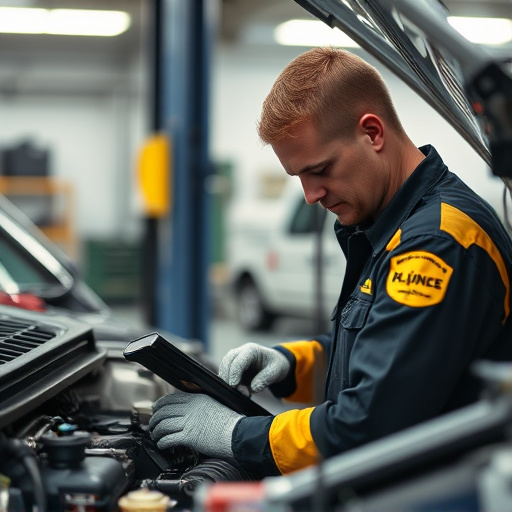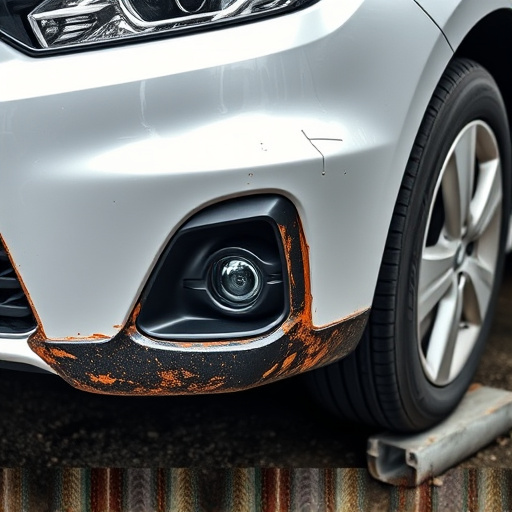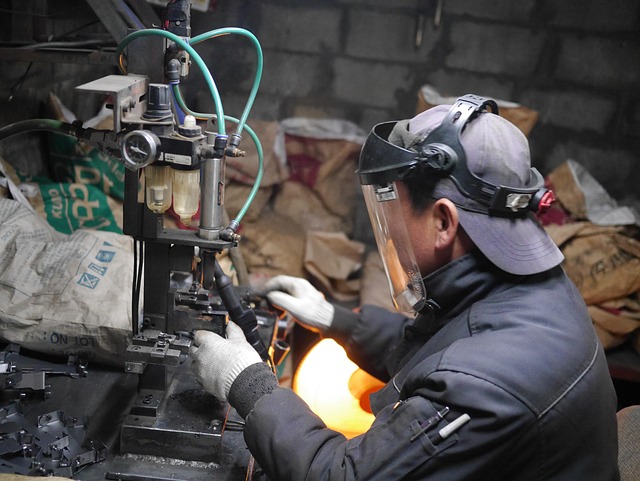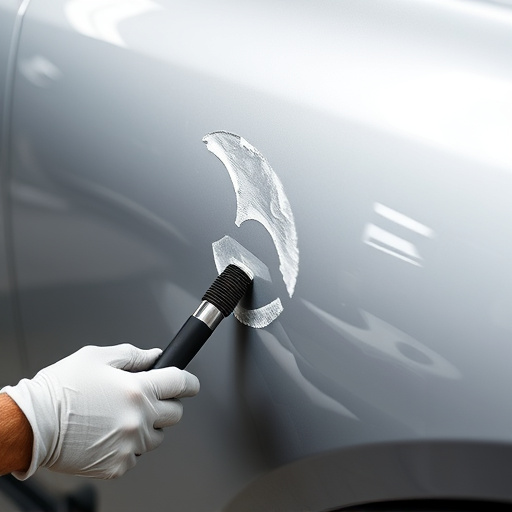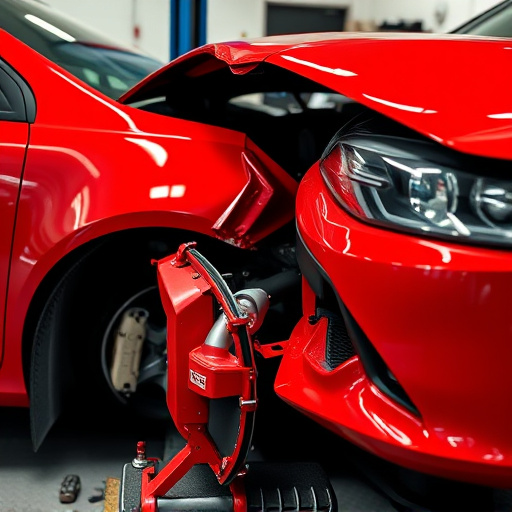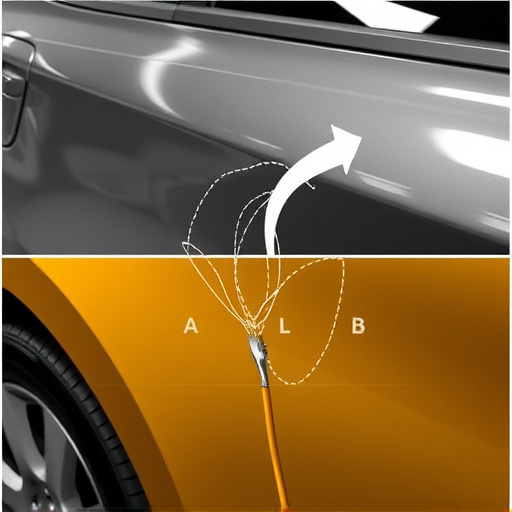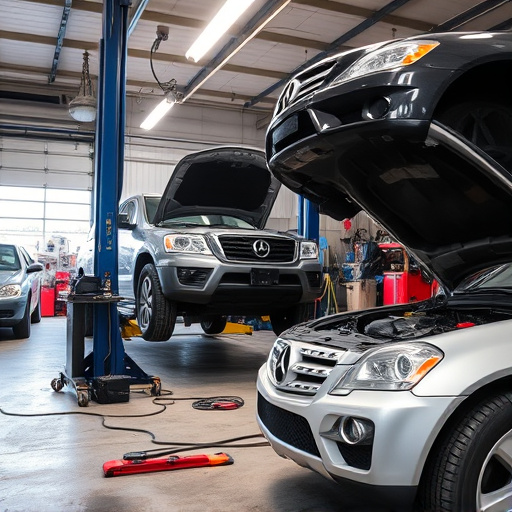Paintless Dent Repair (PDR) is a revolutionary auto restoration method that offers numerous PDR benefits: preserves original factory finish, reduces costs and downtime compared to traditional collision repair, maintains vehicle value through cosmetic enhancements, and provides faster turnaround times. Skilled technicians use advanced tools to seamlessly remove dents, scratches, and dings. In healthcare, Patient-Driven Reporting (PDR) empowers patients to actively participate in their treatment by sharing detailed symptoms and progress updates, enriching data availability for informed clinical decisions and improving patient care outcomes. PDR benefits extend to various industries, optimizing processes and enhancing satisfaction across sectors like dental practices and fleet repair services.
Patient-Driven Reporting (PDR) is transforming healthcare by empowering patients to share their experiences and shape care delivery. This article explores the tools and techniques that unlock PDR’s full potential, enhancing patient engagement and driving meaningful improvements. We delve into understanding PDR’s foundation, discovering key principles and advantages. We then present technology solutions, software platforms, and successful case studies for effective implementation. Finally, we offer strategies for maximizing insights, actionable recommendations, and fostering continuous quality improvement through PDR.
- Understanding PDR: The Foundation for Unlocking Benefits
- – Definition and purpose of Patient-Driven Reporting (PDR)
- – Key principles and advantages of adopting a PDR approach
Understanding PDR: The Foundation for Unlocking Benefits

Understanding PDR is the first step to unlocking its numerous benefits. PDR, or Paintless Dent Repair, is a specialized automotive repair technique that restores dented vehicle surfaces to their original condition without the need for traditional painting or sanding. This non-invasive method is both efficient and cost-effective, making it an attractive option for auto owners looking to get their vehicles back in top shape. By using advanced tools and techniques, skilled technicians can effectively remove dents, scratches, and dings from a vehicle’s body panels, ensuring a seamless finish that blends with the existing paint job.
For automotive repair enthusiasts or those seeking reliable mercedes benz collision repair, PDR offers significant advantages. It not only preserves the original factory finish but also minimizes downtime and costs associated with conventional repair methods. Moreover, PDR is ideal for minor damage, making it a go-to solution for auto repairs near me, especially for cosmetic enhancements that maintain the vehicle’s overall value. By embracing these innovative tools and techniques, automotive repair professionals can deliver exceptional results, ensuring satisfied customers who appreciate the art of restoring their vehicles to their pristine condition.
– Definition and purpose of Patient-Driven Reporting (PDR)

Patient-Driven Reporting (PDR) is a revolutionary approach in healthcare that empowers patients to actively participate in their treatment and share meaningful insights through self-reported assessments. Its primary purpose is to bridge the gap between patient experiences and clinical outcomes, enabling healthcare providers to make more informed decisions. By encouraging patients to document their symptoms, progress, and overall well-being, PDR provides a rich source of data that can unlock numerous benefits for both individuals and healthcare systems as a whole.
This innovative technique allows patients in various settings, including dental practices and automotive body shops offering fleet repair services, to take a more active role in managing their health. With PDR, dent removal processes can be optimized based on patient feedback, ensuring better satisfaction and faster recovery. Similarly, fleet managers can use these reports to identify trends in vehicle maintenance needs, leading to more efficient scheduling and cost savings. Ultimately, PDR benefits extend beyond individual cases, contributing to improved healthcare outcomes and enhanced patient care across the industry.
– Key principles and advantages of adopting a PDR approach

Adopting a PDR (Paintless Dent Repair) approach offers several key principles and advantages that significantly enhance the process of auto glass repair and collision repair services. Firstly, PDR focuses on minimally invasive techniques, preserving the original factory finish of the vehicle. This not only reduces costs for both customers and auto collision centers but also ensures the car retains its aesthetic value, making it highly desirable in today’s market.
Secondly, the method is faster and more efficient compared to traditional dent repair methods. By eliminating the need for extensive sanding, painting, and re-finishing, PDR can restore damaged panels in a fraction of the time, allowing auto glass repair specialists to handle more jobs effectively. This efficiency translates to satisfied customers who receive their vehicles back quicker, along with benefits for collision repair services providers through increased productivity and streamlined workflows.
By embracing tools and techniques that facilitate Patient-Driven Reporting (PDR), healthcare providers can fully unlock the potential of this patient-centric approach. Understanding the foundational concepts, key principles, and advantages of PDR empowers practices to transform data collection and reporting, ultimately improving patient outcomes and enhancing care coordination. Leveraging the right technology and implementing effective strategies ensures that PDR benefits are not just realized but fully integrated into healthcare delivery systems.

